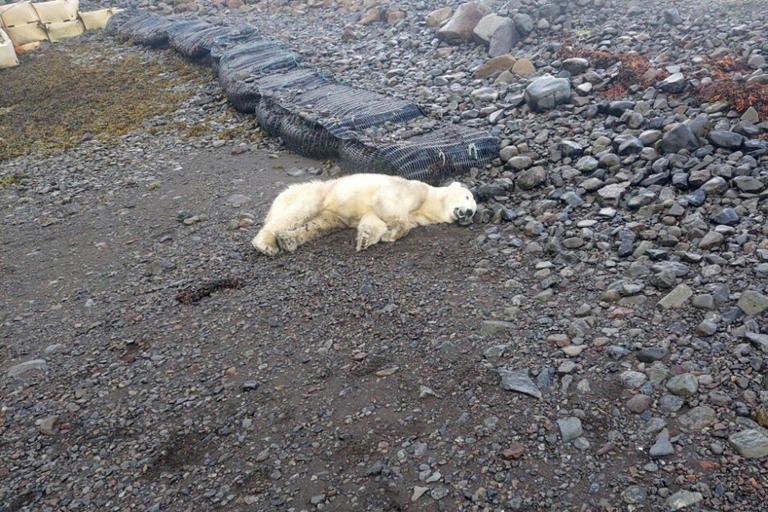Articles of interest from the past month …
Smithsonian Team Suggests Storing Animal DNA on the Moon
Scientists at the Smithsonian have proposed cryogenically preserving biological material of a diversity of animal life and storing it on the moon in a biorepository as a way to ensure the DNA is not lost in the event of catastrophic loss of Earth.
The researchers say that permanently shadowed craters on the moon are cold enough for cryogenic preservation without the need for electricity or liquid nitrogen.
“Initially, a lunar biorepository would target the most at-risk species on Earth today, but our ultimate goal would be to cryopreserve most species on Earth,” said Mary Hagedorn, a research cryobiologist at the Smithsonian’s National Zoo and Conservation Biology Institute and lead author of the research on the idea. “We hope that by sharing our vision, our group can find additional partners to expand the conversation, discuss threats and opportunities and conduct the necessary research and testing to make this biorepository a reality.”
A Greenpeace Founder Hopes the Nonprofit Loses Lawsuit that Could End Group’s Existence
Patrick Moore, a significant player in the early days of Greenpeace, wants Greenpeace to lose a lawsuit filed against the nonprofit by Energy Transfer, which seeks $300 million in damages.
The lawsuit “alleges the group or its entities incited major protests against Energy Transfer’s Dakota Access Pipeline, funded various attacks meant to damage the project and orchestrated a smear campaign against the company and its development.”
Moore said of Greenpeace: “They are basically attempting to destroy the means of transportation and so many other things. There’s no doubt about it that pipelines are the safest way to move liquids, especially flammable ones. There’s simply no question.”
Start a conversation when you wear this tee shirt …
Your purchase helps support my conservation writing.
Front:
Back:
Order Here:
Wildlife Matters | Printify Pop-Up
Thank you!
Police Kill Rare Polar Bear Who Traveled to Iceland
After a polar bear arrived on the beach of a remote village in Iceland, the traveler was deemed a threat and killed after the Environment Agency of Iceland “declined to have the animal relocated,” the AP reported.
Polar bears are not native to Iceland but occasionally come ashore after traveling on ice floes from Greenland, according to Anna Sveinsdóttir, director of scientific collections at the Icelandic Institute of Natural History.
As of 2015, there were only an estimated 22,000 to 31,000 polar bears across the Arctic, per the IUCN/SSC PBSG, the Polar Bear Specialist Group of the IUCN Species Survival Commission, which focuses on research and management of polar bears throughout their range.
Hapless Florida Lizard Dies from Constipation
Note: This is a 2020 story from Smithsonian Magazine, but it popped up in my reading this month. I felt so bad for this little creature who suffered because humans do so much wrong to the world around them, intentionally and unintentionally.
An unlucky northern curly-tailed lizard in Florida, found near a Cocoa Beach pizza shop, apparently had a regular diet of grease mixed with accidental gulps of sand, as opposed to a regular reptilian diet of insects and other lizards. This poor diet resulted in the creature being severely impacted with feces.
Researchers at first thought the lizard was pregnant, but a CT scan revealed the cause of her enlarged size. The lizard also was starving. She was euthanized. Unfortunately for her species, the lizard was not the first with this problem. Researchers had twice before seen curly-tailed lizards filled with feces that comprised more than 30 percent of their body weight.
Native to the Bahamas, the Cayman Islands and Cuba, these lizards were introduced into Florida to combat sugar cane pests in the 1940s. Now they are considered an invasive species that eats a variety of material, from bugs to “bits of human refuse.” But not being discriminatory in their eating habits means their pipes can get irreparably clogged.
FOR COLORADO VOTERS
Trophy Hunting Creates Social Chaos among Mountain Lions, not Necessary for Management
Scientists say mountain lions self-regulate and benefit deer and elk by cleansing populations of Chronic Wasting Disease.
See open letter here signed by 22 scientists, including three former top scientists with the National Park Service, and other reputed wildlife biologists with hands-on field work with mountain lions in the West, for Colorado voters set to decide Proposition 127, Cats Aren’t Trophies, in the November election.
Maria Fotopoulos writes about the connection between overpopulation and biodiversity loss, and occasionally other topics that confound her.














